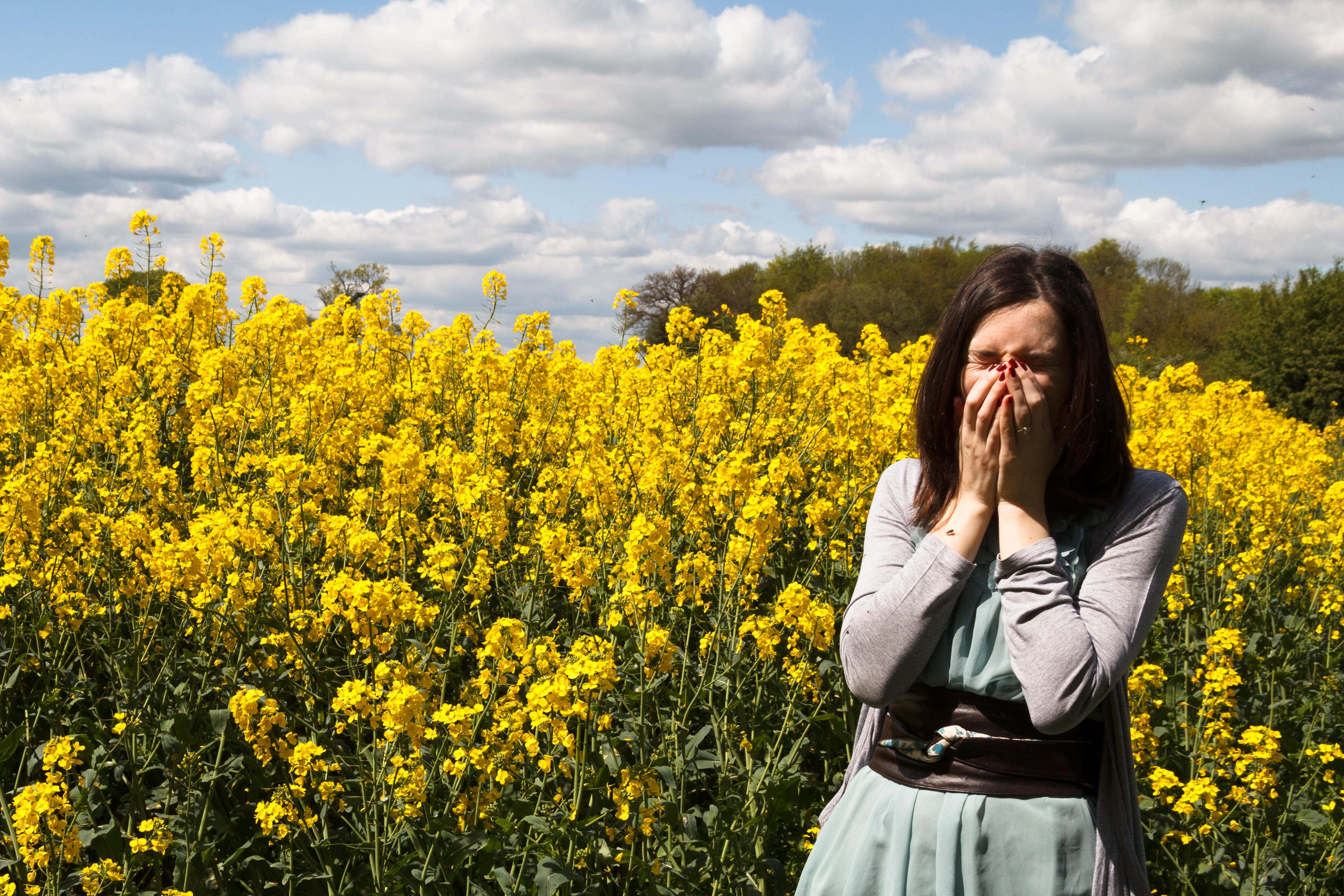How to pollen-proof your home now allergy season is here
Over half of hay fever sufferers say the allergy disrupts their sleep

Your support helps us to tell the story
From reproductive rights to climate change to Big Tech, The Independent is on the ground when the story is developing. Whether it's investigating the financials of Elon Musk's pro-Trump PAC or producing our latest documentary, 'The A Word', which shines a light on the American women fighting for reproductive rights, we know how important it is to parse out the facts from the messaging.
At such a critical moment in US history, we need reporters on the ground. Your donation allows us to keep sending journalists to speak to both sides of the story.
The Independent is trusted by Americans across the entire political spectrum. And unlike many other quality news outlets, we choose not to lock Americans out of our reporting and analysis with paywalls. We believe quality journalism should be available to everyone, paid for by those who can afford it.
Your support makes all the difference.While some of us welcome beautiful buds on trees, others approach springtime with trepidation.
Kicking off with tree-pollen season – now in full swing – mother nature then turns her hand to grass-pollen season from mid-May; with weed-pollen season gaining momentum from the end of June… and so the cycle goes.
Our natural instinct is to seek refuge inside, but how safe is your home if you’re suffering from hay fever?
“Transforming your home into a pollen-free safe-place is not just about cleanliness; it’s about creating a lifestyle that prioritises your wellbeing, especially during peak allergy seasons,” says Alex Gluhovsky, spokesperson at iWardrobes.
With over half of hay fever sufferers stating the allergy disrupts their sleep, your bedroom should be free from the intrusion of pollen, advises Gluhovsky. “So begin by keeping windows closed during high pollen seasons to prevent allergens from drifting indoors.”
Enhancing your sleep environment further by adorning your windows with blackout curtains, not only creates a cosy

ambiance, but also acts as a barrier against pollen infiltration, he says.
“Invest in hypoallergenic bedding to experience luxurious sleep while minimising exposure to allergens – bedding made from materials like organic cotton or bamboo are gentle on the skin and are naturally resistant to allergens.”
Opt for allergy-friendly materials in home furnishings
Gluhovsky says that opting for allergy-friendly materials such as leather, vinyl and hardwood for furniture and flooring will reduce pollen retention, compared to fabric and carpets.
“Choose washable curtains and blinds for easy pollen removal and maintenance,” he continues. “These simple choices not only enhance your home’s style but also promote a healthier living environment.”
Alex Williams, from Tiger Cleaning, agrees: “Pollen can make its way into your home and nestle into the fibres of your carpet.
“Although hoovering will help, one of the best ways to reduce pollen in your home is to install hard flooring. You can keep hard floors clean with a damp mop, meaning that pollen particles aren’t floating around in the air.”
Strategic indoor greenery placement
“While indoor plants can enhance the aesthetics of your home, certain species can exacerbate pollen allergies,” notes Gluhovsky. “Some plants release high volumes of pollen into the air, which can contribute to allergies and respiratory issues for hay fever sufferers.”
Think low-pollen indoor plants such as ferns, palms and orchids, as they produce minimal amounts of pollen compared to others, suggests Gluhovsky.
“Additionally, strategically place these plants away from windows and doorways to minimise pollen intrusion.”
Know when to air your home
“If you don’t know exactly what type of pollen you are allergic to, it can be difficult to know what time your allergens are the highest; however most flowers pollinate in the morning, between 5am and 9am,” advises Williams.
It’s recommended to keep your windows closed at these times and rely on ventilation to keep the temperature down, says Williams. “If needed, you can open your windows towards the end of the day to let air in, which is when there is less pollen circulating in the air.”
If you’re still suffering, he says it’s worth consulting a gardener about the specific plants in your garden or street, as they can advise on their pollination timings so you know when to keep your windows closed.
Invest in air conditioning or air purifiers
Air conditioning comes in handy not just for keeping cool in the summer, but also when it comes to hay fever…
“Rather than cooling your home by opening all your doors and windows, using air con means the air coming into your home is filtered from pollen particles, helping you breathe easier throughout hay fever season,” says Williams.
Depending on your budget, Williams says air purifiers work by taking the air from your home, filtering it and removing the pollen particles, and pumping out clean air.
Keep your home as clean as possible
Everyday cleaning jobs to keep on top of include hoovering, carpet cleaning, cleaning windows and seals, cleaning hard floors and dusting regularly, suggests Williams.
“Changing the way you dust and using a damp cloth instead of a feather duster will help collect more of the dirt and pollen – and stop this from filtering through the air.
“When dusting, start from the top and work your way down so any dust that hasn’t been picked up yet falls on unclean surfaces.
“For the best results to pollen-proof your home, it’s worth combining solutions to help keep the sneezes at bay!” adds Williams.